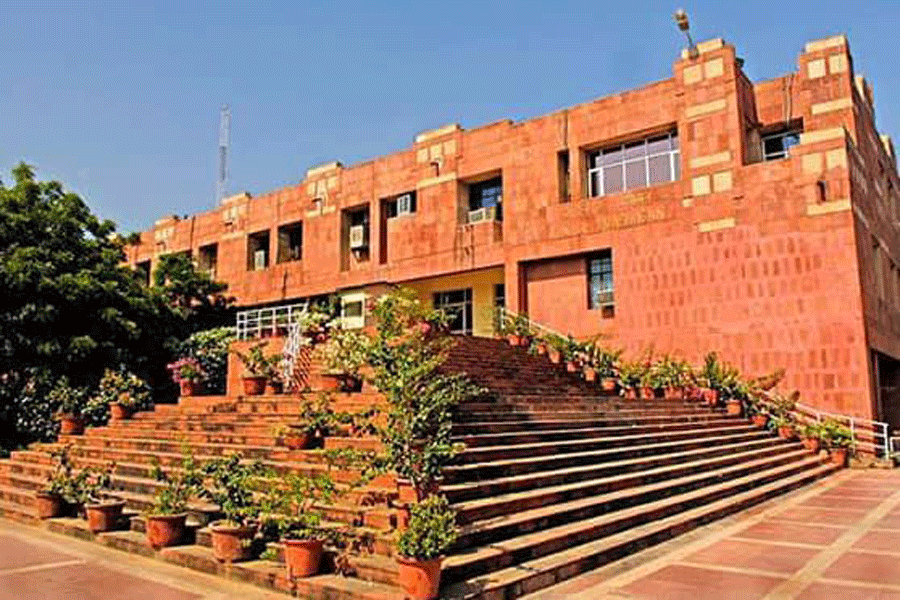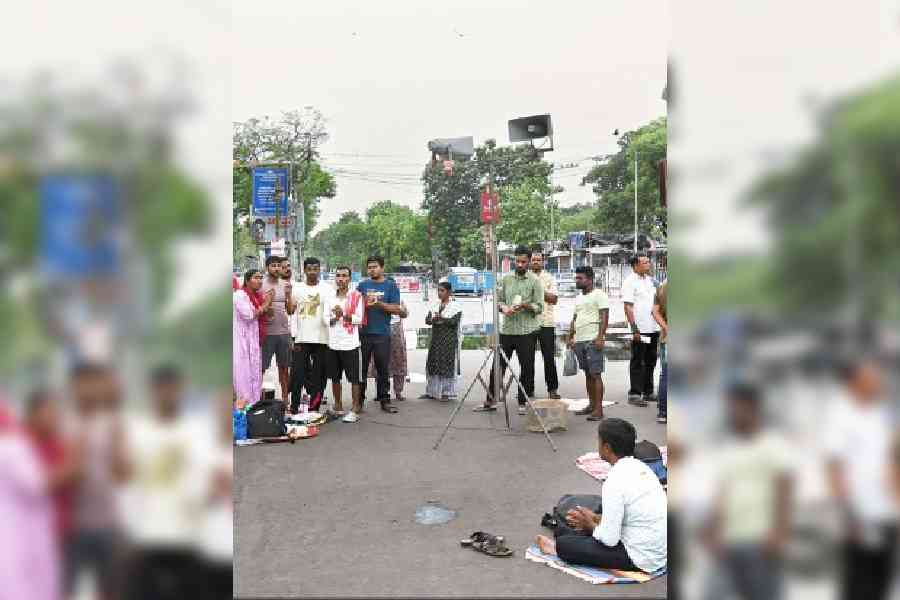
When I was a young intern, I would see my seniors often spend a whole night in the labour room, helping pregnant women deliver normally. The smiling mothers would be discharged the next day with a healthy baby and only perfunctory instructions. Some deliveries were not as easy. The mother-to-be had to undergo an operation — usually because of complications such as preeclampsia, foetal distress or the foetal head being too large for the mother’s pelvis. We interns would vie with each other to attend these rare (less than one in 10) Caesarian sections, or C-sections.
My professors wondered why the procedure was named after Julius Caesar; there’s no firm evidence to support the idea that he was born by surgery.
It was 2003 and in those days, at least in West Bengal, the trend of asking the doctor to deliver the child at a time specified by an astrologer was as yet unknown.
By the time I started my medical practice, however, the percentage of women undergoing C-sections was gradually increasing. Normal deliveries were rarely carried out in nursing homes and private hospitals; it could only be seen in government-run hospitals in West Bengal.
The World Health Organization (WHO) suggests that up to 15 per cent of deliveries should be through C-section; the rest ought to be vaginal. India maintained this trend till 2010. Since then, there has been a sharp increase in C-sections — nearly 40-45 per cent Indian babies are now born this way.
One of the reasons is the growing medico-legal consciousness among doctors, says an international study. Knowing that they may be pulled up, doctors prefer not to take the risk of vaginal births in set-ups where facilities are inadequate to save a child or mother if they suffer complications or distress following a normal delivery. The other reason, according to the study, is maternal choice — women seem to prefer this surgery to normal delivery.
According to India’s National Family Health Survey-4, more than 80 per cent children are born through C-sections at private hospitals and 40 per cent at government hospitals. This figure is higher than in developed countries such as the UK and the US — where 26 per cent and 32 per cent of deliveries respectively are through C-section. Due to increasing medico-legal issues and media-related pressure, doctors in government hospitals too are now preferring surgery, if there is even a slight risk associated with the health of either the mother or child.
Last year, while travelling through some districts in West Bengal, I found a few semi-urban and rural nursing homes offering C-section deliveries at a package price of Rs 3,000-4000. It seemed quite unusual to me. The cost usually ranges between Rs 40,000 to 1.25 Lakh and more in top hospitals [this includes the charges for a top anaesthetist and a paediatrician]. Then a nursing home owner told me that a huge volume of patients wanted to go for C-sections but could not afford a higher rate. So nursing homes had been compelled to cut the package price severely, despite knowing that patient safety could be compromised. For example, if a pregnant woman suddenly develops a cardiac problem during C-section or there is eclampsia, or the baby suffers severe respiratory distress after delivery, there should be measures in place to manage such conditions. But this infrastructure or medical set-up is obviously not available at these cut-price nursing homes.
Lack of awareness, worry about the safety of mother and child, and promotion of C-sections by rural quacks (thanks to kickbacks from private centres) are the factors that caused a sharp rise in Caesarian deliveries in semi-urban and rural hospitals. Various state governments, including that of West Bengal, have taken up initiatives to promote normal deliveries but mother and child safety and the preference of pregnant women and their families for C-section has led to the trend dominating in rural and urban healthcare institutes, both public and private.
Also, a large number of people believe a C-section is better than normal delivery — there is no serious pain, no cruel cut in muscles to facilitate the delivery (as seen, sometimes, in normal delivery) — and more importantly, it is associated with a healthy mother and child. Many couples who want to give their child a supposedly “better future”— by ensuring it is born at a specific time on a particular date (as predicted by an astrologer) — urge gynaecologists for a Caesarian delivery. Some also prefer C-sections for cosmetic reasons. In couples suffering from infertility or miscarriages, a C-section is preferred because of the preciousness of the baby.
Incidentally, according to a recent international study, a woman’s pelvis has become significantly small for the head and shoulder of a baby, thanks to indiscriminate C-sections. The million-year-old evolutional balance between the size of a woman’s pelvis and a baby’s head and shoulder is showing signs of alteration, leading to obstructed deliveries in 3-6 per cent of births across the world. It is expected that after some years the incidence of obstructed labour will further increase, possibly leading to more complications in conducting normal deliveries and providing a boost to the rampaging C-section epidemic in India.
WATER BABY
Water birth is the process of giving birth in a tub of warm water. Some women choose to labour in the water and get out for delivery. Others deliver in the water. The theory is that since the baby has already been in the amniotic fluid sac for nine months, birthing in a similar environment is gentler for the baby and less stressful for the mother. Critics argue that the safety of water birth has not been scientifically proven and that a wide range of problems, including the possibility of infant drowning, can occur. The British Royal College of Obstetricians and Gynaecologists supports water birth for healthy women with uncomplicated pregnancies.
Dr Bagcchi is a physician who writes for many international medical journals










